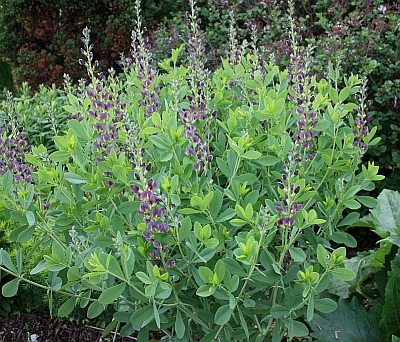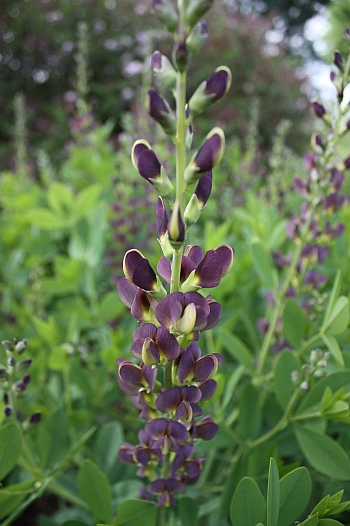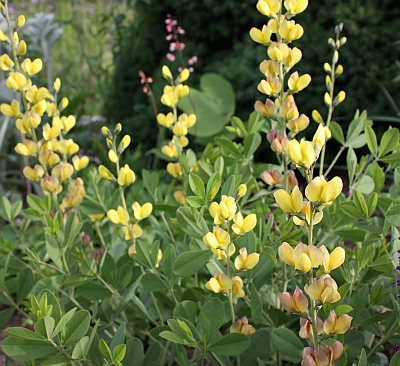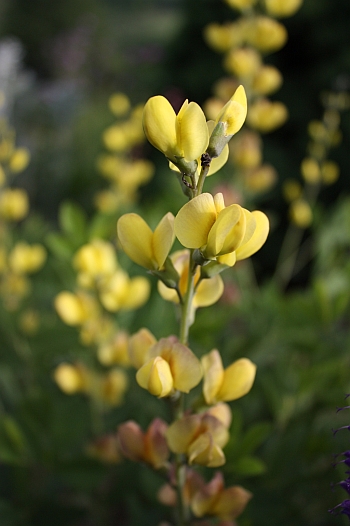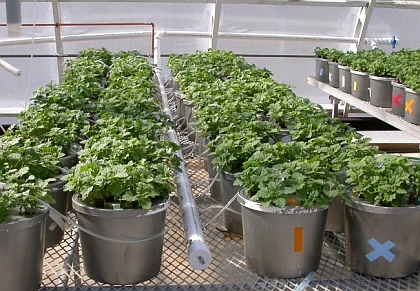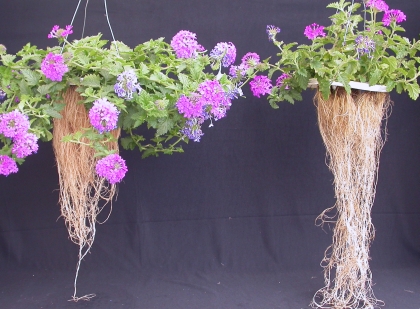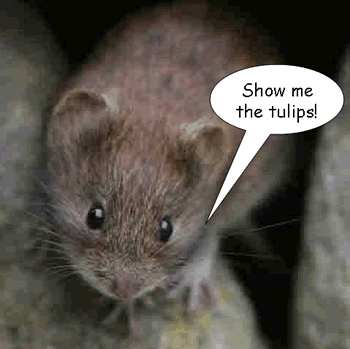Amicia zygomeris is a cute little herbaceous thing I picked up on a visit to Plant Delights nursery back in October. For $13, I wanted to be sure it survived the winter, so it’s been in our kitchen garden window, just waiting for spring.
Soon after putting it in the window, I had an “oh no, I’ve killed it” moment one evening. All the leaves were drooping, yet the soil was moist. The next morning, it seemed to be back to normal. The following night, droop city again.
Ah HA! Nyctinasty* at its finest – plant movements to the circadian rhythm. Tropisms are growth responses, while nastic movements are just that – reversible movements. There are other “nasties” out there – photonasty is movement in response to light, hydronasty – water, etc. The classic example is Mimosa pudica – sensitive plant – the little leaves fold to the touch (thigmonasty).
Legumes are particularly prone to this – check out the bean plant flapping its leaves in time-lapse video at the “Plants in Motion” website (U. of Indiana Biology Department). The movement comes from changes in turgor of the cells that attach the leaf petiole to the stem. This spot’s called the pulvinus – think of it as the leaf’s armpit. What do plants gain from this daily spreading then folding of leaves? Folks have been pondering this for centuries. Darwin wrote about it in “The Power of Movement in Plants” (1880). Though the biochemical mechanism has been discovered, I don’t believe any conclusions have been reached as to "why".
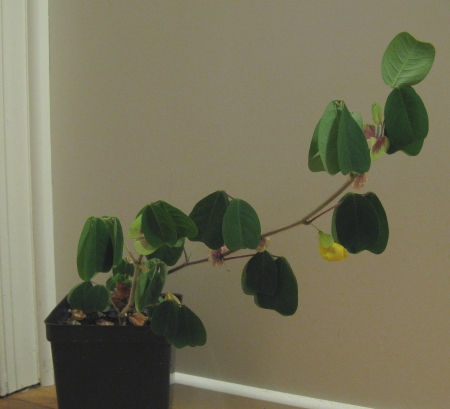
Amicia zygomeris in the evening. The common name, courtesy of Tony Avent, is “Gotta Pea". I am not making that up.
*BTW, Nyctinasty is also the name of a pop band from Manila. Must be a biologist or two in the bunch.
